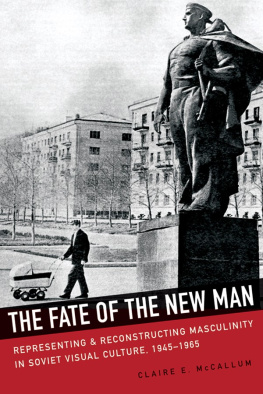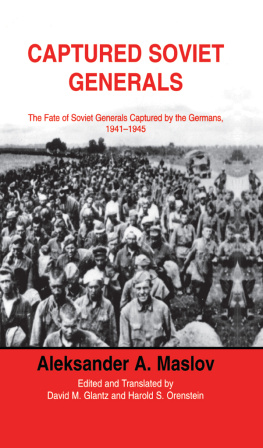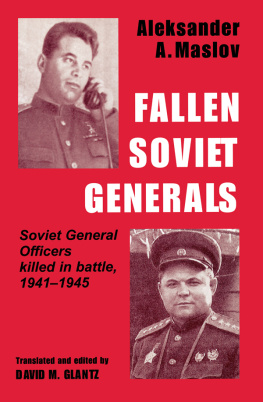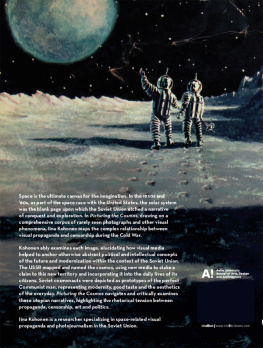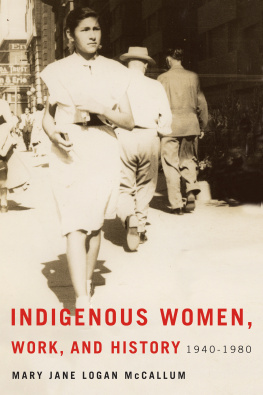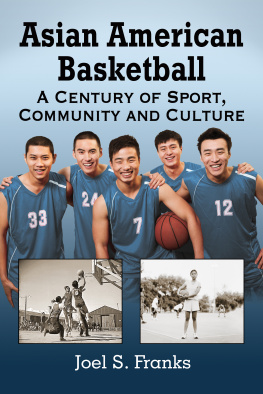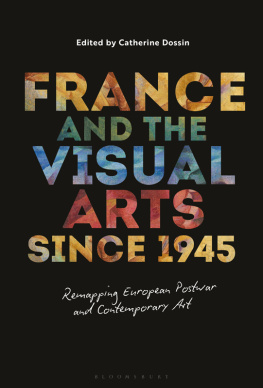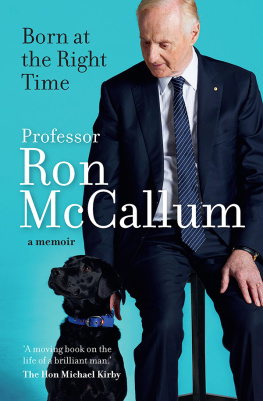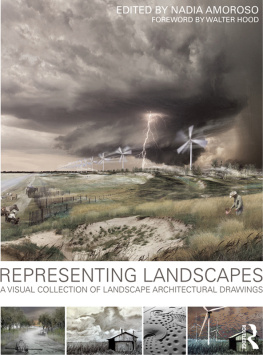Northern Illinois University Press, DeKalb 60115
2018 by Northern Illinois University Press
All rights reserved
Printed in the United States of America
27 26 25 24 23 22 21 20 19 18 1 2 3 4 5
978-0-87580-783-6 (case)
978-1-60909-239-9 (e-book)
Book and cover design by Yuni Dorr
Earlier versions of chapters in this book appeared in the following: The Return: Post-War Masculinity and the Domestic Space in Stalinist Visual Culture, 194553, The Russian Review 74, no. 1 (2015): 11743; Scorched by the Fire of War: Masculinity, War Wounds and Disability in Soviet Visual Culture, 194165, Slavonic and East European Review 93, no. 2 (2015): 25185. I thank the journals, Wiley Periodicals, and the Modern Humanities Research Association for permission to reprint materials from these publications.
For links to many of the images referenced in this book, please consult the website fateofthenewman.wordpress.com
Library of Congress Cataloging-in-Publication Data is available online at http://catalog.loc.gov
Acknowledgments
I have lived with the New Soviet Man for most of my adult life, starting this project at a time when the analysis of both masculinity and visual culture was in its infancy within the context of Slavic studies. Since then I have seen the field develop beyond all recognition and am thrilled that at last I can add my research to the ever-growing body of scholarship. During the decade or so that it has taken to reach this point, I have incurred many debtspersonal, professional, and financialand it is wonderful to finally get the opportunity to publicly acknowledge the support of all those who have helped me along the way.
Firstly, I would like to thank Susan Reid for being the best PhD supervisor any graduate student could hope for, and for her continued support in the years that have followed, not least in the form of writing many references for me while I was on the long, hard path to permanent employment. I would also like to express my gratitude to Miriam Dobson and John Haynes for their advice in the final stages of my PhD work, and to Melanie Ilic, Matthew Stibbe, and Kevin McDermott for their help during my time as a graduate teacher at their institutions. Thanks to the staff of the History and Russian and Slavonic Studies Departments at the University of Sheffield, and particularly to the postgraduate community of the History Department, who helped make my time there so intellectually stimulating. Likewise to all the conference, workshop, and seminar participants too numerous to mention who over the years have encouraged me to think harder, dig deeper, and push further, and have helped shape my work as it evolved through their constructive critiques. I would also like to acknowledge the financial support I received at this stage in my career from the Arts and Humanities Research Council and Joseph Sassoon, without whose scholarship this research would never have got off the ground.
Thanks must also go to the numerous library and archival staff that have aided me in the research process: to those at the School of Slavonic and East European Studies, University College London, who must have dreaded my filling up their office with endless boxes of periodicals; to the staff at the Hoover Institute at Stanford University, California, the British Library in London and Boston Spa, the University of Birmingham, and the National Library of Finland, Helsinki; and to the interlibrary loans team at the University of Exeter, who have had to deal with all kinds of obscure requests over the years and have always proved up to the task. To the fabulous staff of the Slavic Library (as it was back then) at the University of Illinois, Urbana-Champaign, especially Kit Condill and Jan Adamczyk, the latter of whom was literally responsible for putting a roof over my head and food on my table during my month there. To the ladies in the graphic department of the Russian State Library, in particular Svetlana Nikolaevna Artamonova and Iulia Petrovna, who took me under their collective wing and plied me with English tea and biscuits while in Moscow, and to the archivist at GARF who let me loose on the institutions neglected poster collection and supplied me with much needed coveralls for the process. Im also immensely thankful to Olga Kosheleva, who not only let me her apartment but helped with introductions to the archives, arranged for escorts to the market, and helped me negotiate the vagaries of Muscovite life during those first unsettling days.
Since completing the research aspect of this project, I have been very fortunate to work with some incredibly patient and understanding editors, who have helped this neophyte navigate the world of academic publishing. Thanks to Kurt Schultz, Michael Gorham, and Barbara Wyllie for assisting me in my first forays into publication, and of course to Amy Farranto and her colleagues at Northern Illinois University Press for their guidance and support during the whole process of producing this book. I am deeply appreciative of the staff at various galleries, museums, and archives across the former Soviet Union who have helped make the process of tracking down permissions for the images featured here as painless as possible, particularly Liza Zhiradkova at Kommersant, Vera Kessenich of the Russian Museum, Marina Ivanova at the Tretyakov Gallery, and Ralph Gibson at Sputnik. Beyond this practical support, I am hugely grateful to the anonymous reviewers who took the time to read my work and offer their insightful comments and recommendations, and to the Association for Women in Slavic Studies for their recognition of my research, which provided a much-needed boost in the final stages of editing the manuscript.
I count myself very privileged since embarking on my academic career to have worked with some of the most brilliant historians in the UK, who fortunately for me have also turned out to be immensely caring and encouraging colleagues. I am indebted to the whole History Department at the University of Exeter for their support over the past six years, but especially to Freyja Cox Jenson, Laura Sangha, Stacey Hynd, and Helen Birkett for their guidance and friendship, and to Tim Rees and Martin Thomas, whose sage advice has been crucial in helping me manage the pressures of teaching and research as an early career academic. The biggest thanks, though, must go to the wonderful Matthew Rendle: it is an amazing feeling to know that someone has complete confidence in your abilities at those points when you doubt yourself, and Matt has read more of my work, offered me more support, and bought me more gin than I could reasonably have expected from any colleague, and for this I will always be grateful. A special mention also to my former colleagues Andrew Holt and Emily Manktelow, who shared that tumultuous first year with me, and particularly to Sara Barker, who is not just a fantastic historian and the kind of teacher I aspire to be, but who has also become one of my dearest friends.
Anyone who has worked in academia will know how all-consuming this job can be, especially in the early days when there is often little stability and security, a lot of uncertainty, and a great deal of teaching preparation, job applications, grant proposals, writing, and editing to be done in the hope of becoming employable. I have been guilty of neglecting my friends and family as a consequence of this pressure, and yet despite my self-absorption, they have stood by my side throughout this whole process: I thank you all from the bottom of my heart for your patience and your support. Many years ago, I made a promise to my oldest friends that I would dedicate my first book to them, something that at the start of the PhD process seemed like a complete fantasy: it with immense pleasure, then, that I can make good this promise here. To Lizzy Baker and Kathy Mclusky, both of whom came into my life when I was in the first few weeks of undergraduate study, and nearly twenty years later are still here. Although I may not always have shown it, your friendship and love over this time has meant more than I could ever possibly say, as weve shared heartbreak and hardship, as well as much joy, transitioned from students to (reasonably) responsible adults, and attempted to find our way in the world, often with many miles, and sometimes entire continents, between us. To the indomitable Jenn Schmidt, whom I met during a particularly low point, and who was almost single-handedly responsible for holding me together during this time. More than a decade on, I am still amazed by her fearlessness, her compassion, and her determination to be a force for good, and how this challenges me to emulate these qualities in my own life. I hope to be able to share many more adventures with you in the future, wherever that may lead us. It is to these three outstanding women that I dedicate this book.

